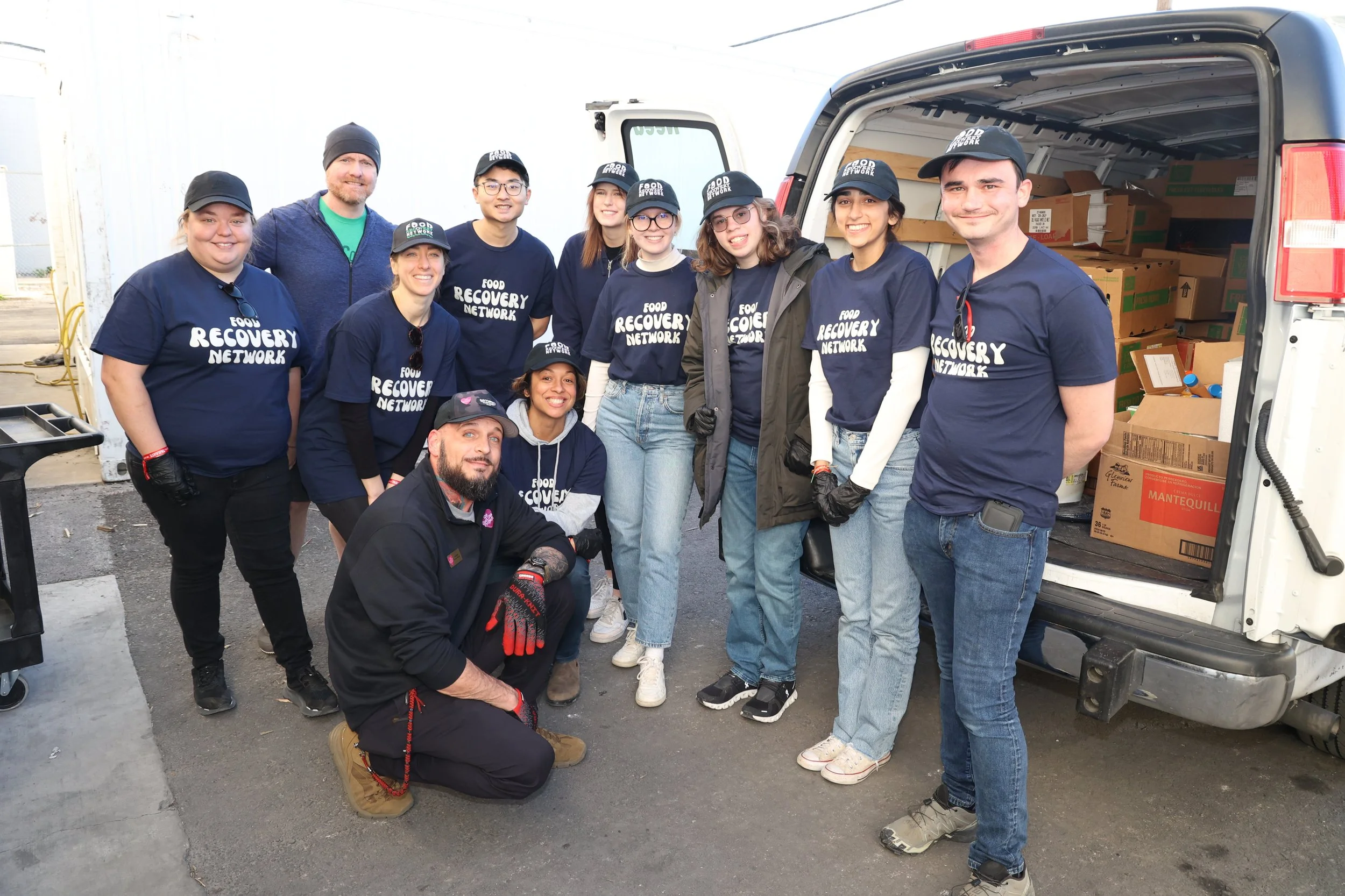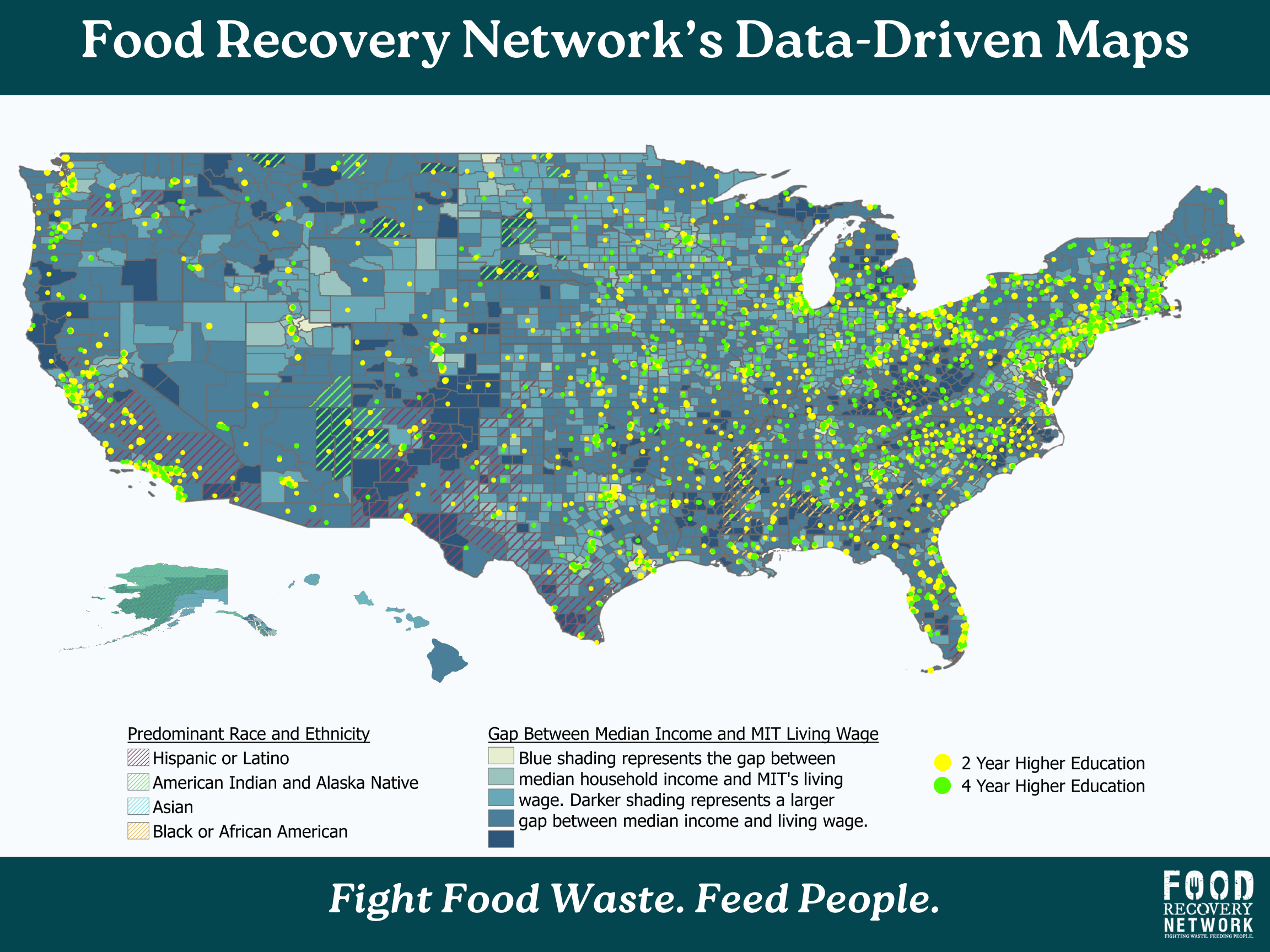At FRN, at the start of almost any meeting we have, we start our time together with a check-in question to ground us all into the space together. In honor of Earth Month, at a recent FRN meeting, our check in question was, “What is your favorite tree?”
As an admirer of my natural surroundings, as an avid hiker, tree planter and tree lover, I’d never reflected on that question before. And, many in this particular FRN meeting hadn’t either and for the next 15 minutes, we all talked about trees: we shared stories about trees, we googled trees we hadn’t heard of, we oohed and ahhed about which tree was our favorite tree; and it was an FRN moment that I will cherish for a long, long time.
It’s hard to say what tree is my favorite tree. I love so many for so many reasons. I love peach trees because they grow in my region, and I love to eat peaches. One summer I drove down skyline drive into the Blue Ridge Parkway without GPS (and though it was basically one road with no turn offs, it felt like such an adventure to me as someone who can get lost in one room) to go to an edible nursery where I picked up two self-pollinating peach trees for my new house in NE DC. I love magnolia trees and crape myrtles because my husband loves them so much. I remember taking a walk with one of my best friends in Pittsburgh, tree identification book in hand, observing the different trees in her neighborhood, using the choose your own adventure style process to determine which trees we were seeing: if the shape of the leaves look like this, then go here—if the leaves cluster like this, then go here, if the leaves come off the tree directly versus from a stem, then go here...
I recalled to the team that my favorite memory of a tree was the two lilac trees in the backyard of my family home in Maine. And at that moment of relaying my lilac memory, I pondered outloud, “well, maybe they’re bushes and not trees? I actually don’t know.” Another illumination for me that occurred when thinking about trees! These particular lilac trees were both maybe eight feet tall, one flowered white and the other purple. Each tree had a small section taken over by what I now think to be the Eastern Tent Caterpillar, and I spent a lot of my childhood time carefully smelling the lilac flowers from other sections of the tree far away from the moths. I spent a lot of time simply looking at these moth nests fascinated by what they were doing. In relaying this memory of the trees, or maybe bushes, I was brought back to my home state, my old house, my backyard and my curiosity about what in the heck all of these hundreds of moths were doing, growing, transforming, reproducing, journeying, dying.
As a bonus, I also noted that Nina Simone, one of my favorite artists, sings a song I love called Lilac Win. I think a very strong cover of that song was done by Jeff Buckley, and that’s a nice lilac connection that makes me happy when I think of lilacs.
We conclude Earth Month, another April full of growth, transformation, reproducing, journeying, dying. And May presents itself with offerings of the same magnificence and hardships. I wanted to ask all of you to take a moment of reflection with us and let us know, what is your favorite tree, and why?









